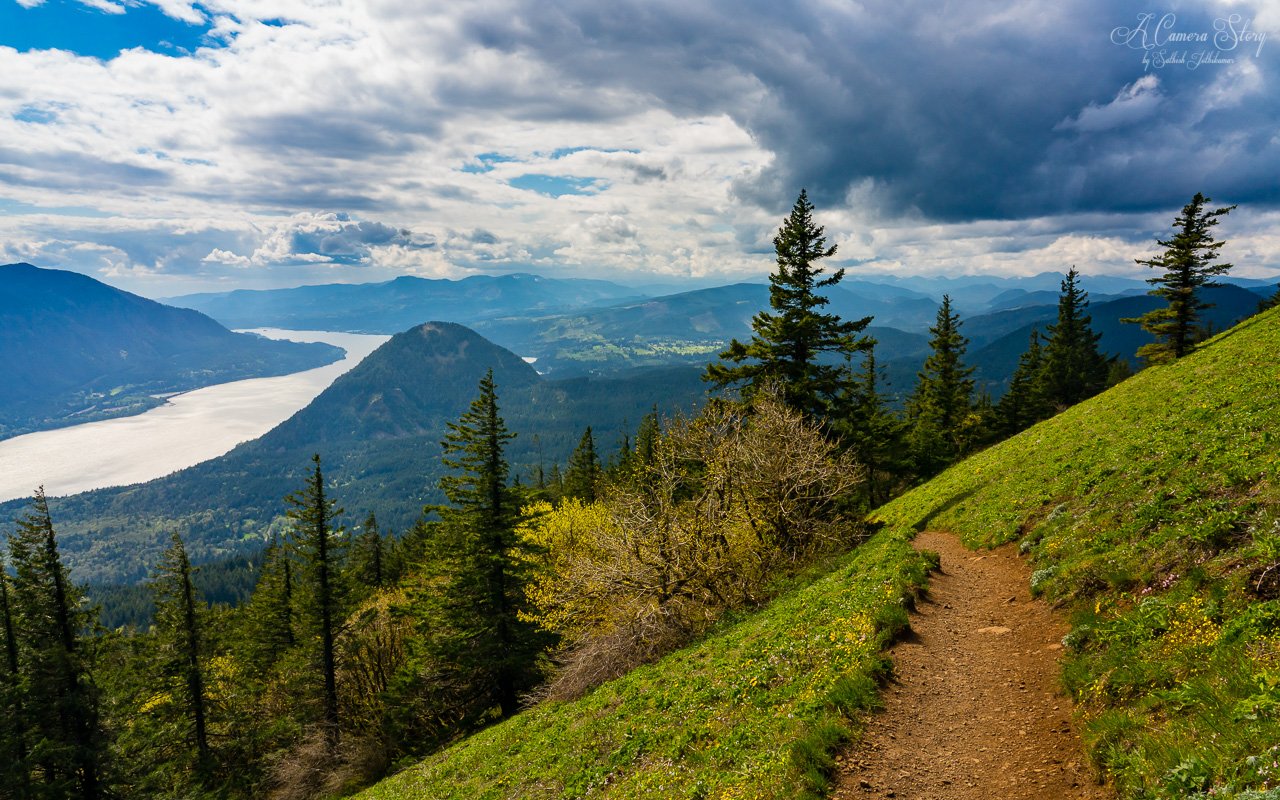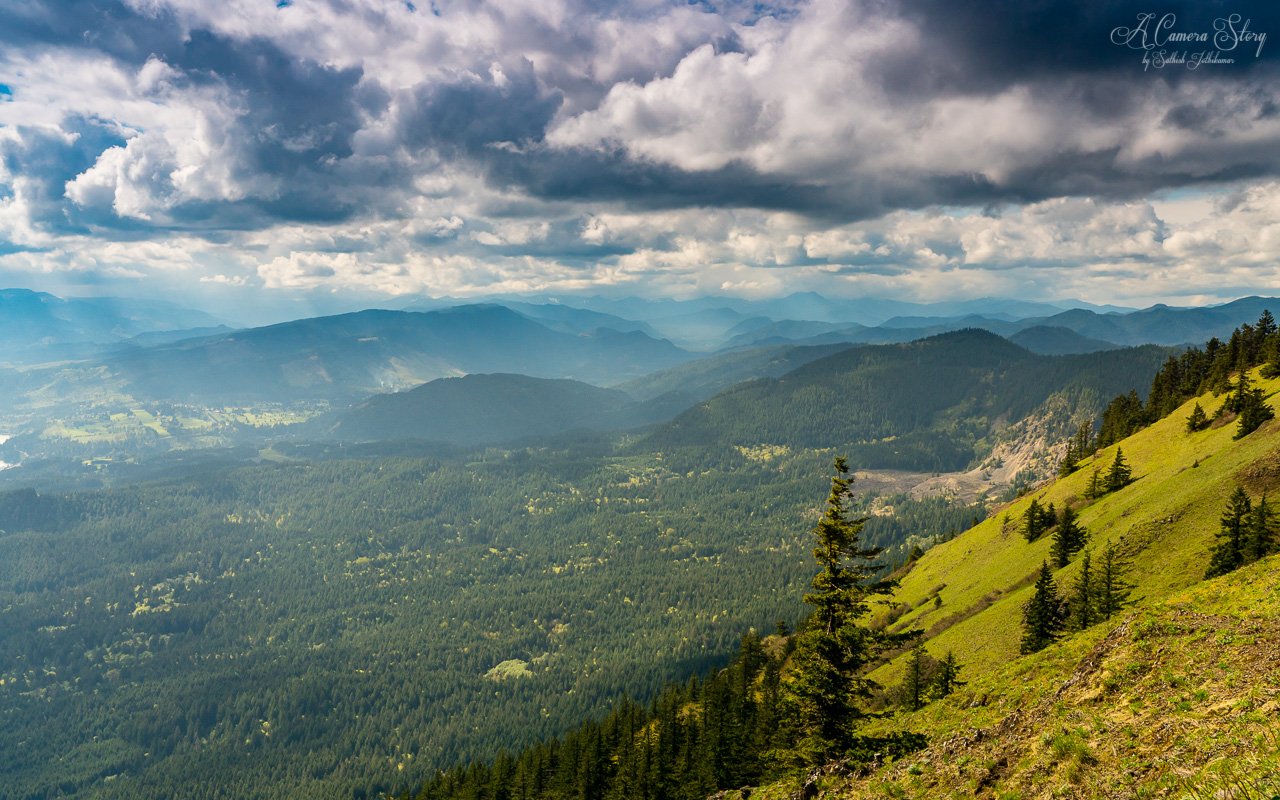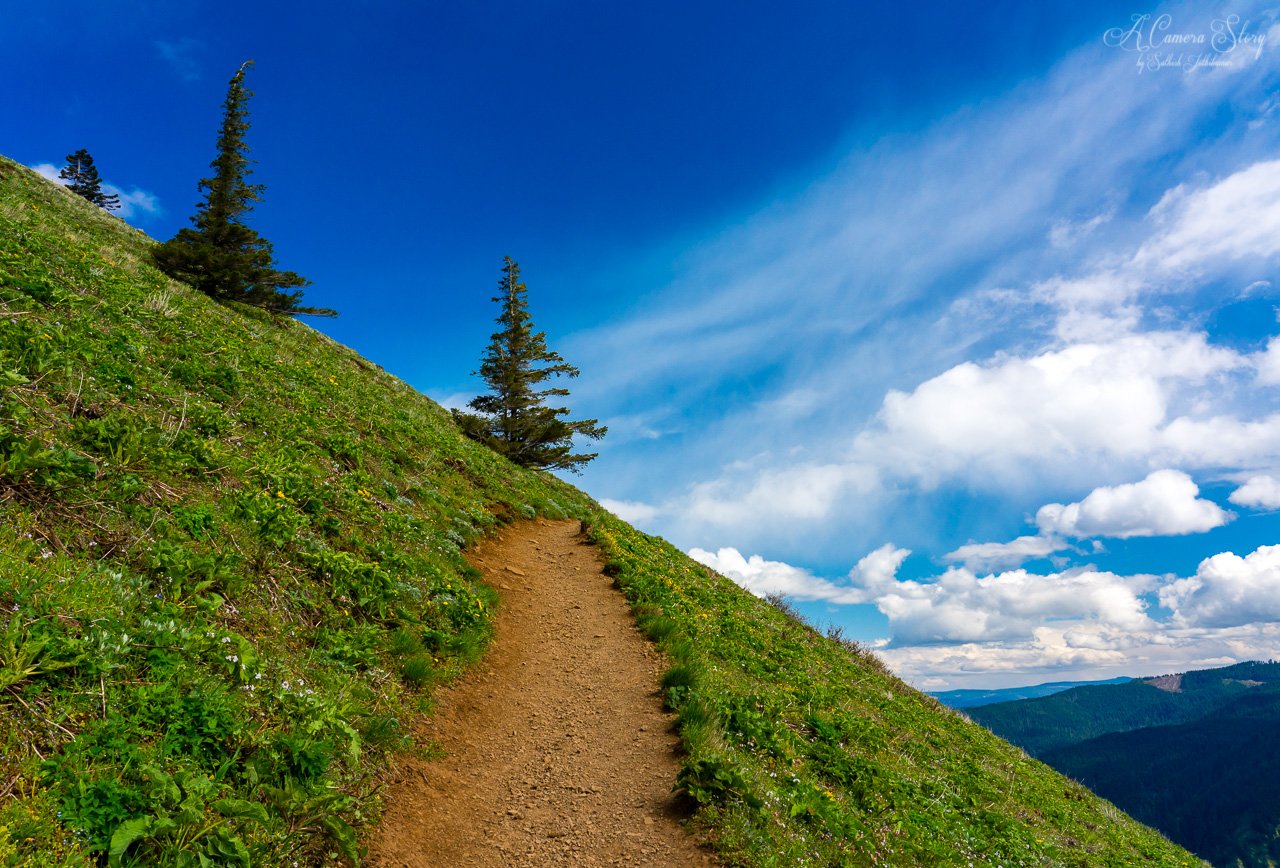

Expectations: A crisp autumn weekend hiking through the Cascade Mountains, chasing golden larches and postcard-perfect vistas.
Reality: A fierce and unannounced winter storm barreled through the region, plunging temperatures into the low 20s and unleashing winds strong enough to flatten tents. The landscape was blanketed in a fresh inch of snow—beautiful, but brutal.


None of the forecasts hinted at the severity we encountered in the high country. The mild conditions at the trailhead gave no warning of what lay ahead. As we climbed, thick banks of clouds rolled in swiftly, unloading icy rain and snow across the peaks. We knew then: the night would be unforgiving.
By morning, the storm had passed. In its wake, it left behind a breathtaking scene—crisp air, golden larches dusted in snow, and light that danced across the ridges. A photographer’s dream, even if our fingers were numb.
North Cascades National Park
Washington, USA












